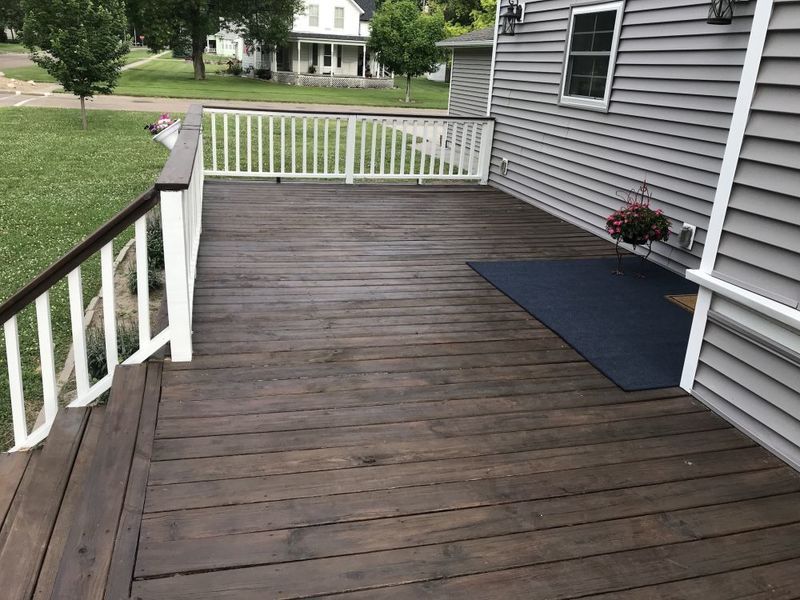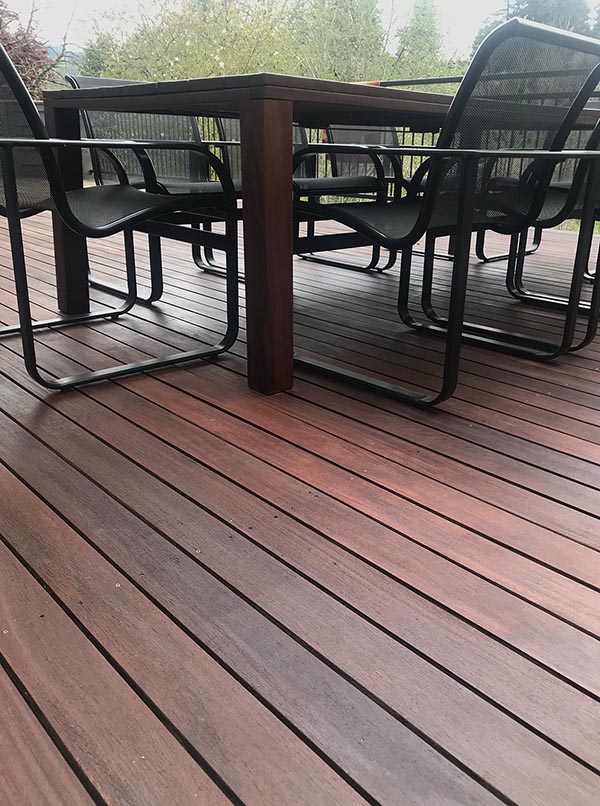Protect and Improve: Revealing the Art of Fence Staining
Protect and Improve: Revealing the Art of Fence Staining
Blog Article
Choosing the Right Spot for Your Fence: Tips and Considerations
When it comes to boosting the appearance and keeping of your fencing, picking the right stain is critical. We will explore the different kinds of fence spots, aspects to take into consideration prior to selecting a stain, suggestions for preparing your fence for staining, and the distinctions between oil-based and water-based stains. Additionally, we will certainly delve into choosing the right tarnish shade to complement your fence and boost your exterior area.
Recognizing Various Kinds Of Fencing Spots

On the various other hand, water-based discolorations are made from acrylic or latex and use a more subtle color to the timber. Water-based discolorations are simpler to cleanse up and have a faster drying time compared to oil-based spots.
Picking between water-based and oil-based discolorations depends on various variables, including personal preference, the desired look, and the degree of upkeep called for. Oil-based stains are recommended for surround high-traffic locations or those constantly exposed to extreme weather. fence staining. Water-based spots, on the other hand, are a prominent option for fences in houses where appearance and ease of usage are essential
When choosing the ideal stain for their fence,Recognizing the distinctions in between water-based and oil-based stains helps homeowners make an educated choice. Considering the particular needs of the fencing, such as its place, exposure to sunlight, and desired visual, will guarantee that the picked stain provides resilient protection and boosts the general appeal of the fence.
Factors to Take Into Consideration Prior To Choosing a Stain

One more aspect to consider is the kind of timber your fence is constructed from. Different kinds of wood take in discolorations in different ways, leading to differing levels of shade intensity and sturdiness. Softwoods like pine may call for more regular discoloration compared to woods like cedar or redwood. Furthermore, certain woods might be extra susceptible to issues like rot or insect infestation, which may influence the selection of tarnish to safeguard and maintain the fencing.
The climate and weather problems in your location ought to also be thought about. You may require a stain that offers additional protection against moisture and UV rays if you live in a location with harsh winters months or high humidity. If your fencing is exposed to direct sunshine for long durations, a stain with UV preventions can help avoid fading and discoloration.
Finally, it is very important to consider your wanted aesthetic. Different spots offer different shades and finishes, enabling you to personalize the look of your fence (fence staining and sealing). Think about the overall design and style of your residential property, as well as any type of neighborhood guidelines or homeowner association standards that might dictate the acceptable stain colors
Tips for Preparing Your Fencing for Discoloration
To prepare your fence for discoloration, start by completely cleaning up the surface area making use of a moderate detergent and a stress washing machine or scrub brush. Cleaning the fence is a crucial step as it gets rid of dust, gunk, and any type of previous layers that may disrupt the discoloration procedure. Begin by moistening the fencing with water and after that use a light cleaning agent making use of a scrub brush or a stress washing machine with a low-pressure setting. Rub the surface area carefully, paying additional interest to locations with stubborn stains or mold. Rinse the fence thoroughly with tidy water to get rid of all traces of cleaning agent.
This step is essential as staining a wet or wet surface area can lead to bad bond and an uneven surface. Ensure that the fencing is completely dry prior to continuing with the staining process.
Prior to staining, examine the fence for any type of damages, such as loose boards or nails. Fix any problems to ensure that the fence is structurally audio. Additionally, take into consideration using a wood conditioner or brightener to the surface area. This item helps to open up the wood pores, permitting the discolor to pass through much more properly and evenly.

Contrasting Oil-Based and Water-Based Stains
When choosing a tarnish for your fence, it is necessary to contrast the qualities and advantages of oil-based and water-based discolorations. Both sorts of discolorations have their very own benefits and factors to consider, so it is important to recognize the differences in between them.
Oil-based spots are recognized for their toughness and resistance to put on and tear. They pass through deeply into the timber, providing exceptional security versus the elements. They likewise boost the natural appeal of the wood by highlighting its grain and structure. In addition, oil-based stains have a tendency to last longer than water-based discolorations, making them a popular option for fencings.
On the other hand, water-based stains are more eco pleasant and less complicated to cleanse up. They may not offer the same degree of defense as oil-based spots, particularly in harsh climate problems.
Eventually, the option between oil-based and water-based discolorations depends upon your particular needs and choices. Take into consideration aspects such as toughness, environmental influence, and simplicity of application when making your decision. Consulting with an expert or looking for suggestions from specialists can additionally help make certain that you select the appropriate stain for your fencing.
Selecting the Right Stain Color for Your Fencing
The selection of an ideal stain shade for your fencing is a crucial facet of boosting its aesthetic allure and complementing the general layout of your outdoor area (fence staining and sealing). The ideal tarnish color can transform a level, average fence into a striking prime investigate this site focus that includes deepness and personality to your residential or commercial property
When selecting a tarnish shade for your fencing, it is very important to consider the style and design of your home. If you have a timeless or typical design home, natural tones such as neutrals and browns can develop a cozy and welcoming appearance. On the other hand, if you have a modern or modern home, you may think about opting for bold and vivid colors that make a statement.
One more element to think about is the natural environments of your home. If you have a great deal of greenery, a stain shade that matches the natural landscape, such as greens or crimsons, can create a cohesive and harmonious appearance.
Furthermore, it's worth thinking about the upkeep required for various discolor shades. Lighter shades have a tendency to show dust and wear even more quickly, while darker colors can conceal blemishes and need less constant touch-ups.
Eventually, the selection of discolor color for your fence must reflect your individual style and choices - deck staining. Make the effort to get in touch with and explore different alternatives with professionals if needed, to make sure that you select the ideal stain color that boosts the beauty and appeal of your fencing
Verdict
In verdict, when it comes to selecting the best stain for your fencing, it is crucial to comprehend the different kinds of discolorations offered and think about factors such as longevity and wanted appearance. Selecting the appropriate stain color can enhance the overall aesthetics of your fencing.
We will explore the various types of fencing stains, factors to take into consideration before picking a discolor, tips for preparing your fencing for discoloration, and the differences in between water-based and oil-based stains.Setting apart between water-based and oil-based spots is critical when comprehending different types of fencing spots. Water-based discolorations are simpler to clean up and have a faster drying time contrasted to oil-based stains. In addition, oil-based stains have a tendency to last longer than water-based discolorations, making them a prominent option for fencings.
In conclusion, when it comes to choosing the best discolor for your fencing, it is vital to comprehend the various kinds of stains offered and take into consideration aspects such as sturdiness and wanted look.
Report this page